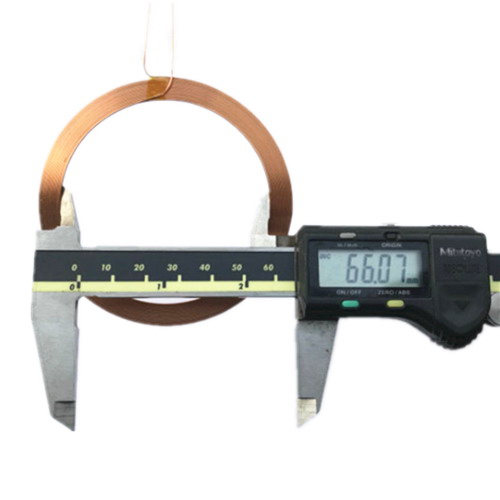Wireless charging coil refers to a charger that is not connected to the terminal device that needs to be charged through a traditional charging power cord. The wireless charging coil adopts the latest wireless charging technology. By utilizing the magnetic field generated between coils, electrical energy can be magically transmitted. Inductive coupling technology will become a bridge connecting charging base stations and equipment.

However, wireless charging coil charging technology will still bring progress to WiFi and battery technology. For devices that do not require data transmission, this new technology will greatly reduce the number of various chargers required by users. In addition, by adopting wireless charging technology, public mobile device charging stations may become a reality.
The wireless charging coil system mainly uses the principle of electromagnetic induction to achieve energy transmission through coil energy coupling. When the wireless charging coil system is working, the input terminal converts AC mains power into DC through a full bridge rectifier circuit, or directly supplies power to the system through a 24V DC terminal. The DC output of the H power management module is converted into high-frequency AC power through a 2M active crystal oscillator inverter and provided to the primary winding. Through the coupling energy of two H inductors and H coils, the current output by the secondary coil is converted into direct current by the receiving conversion circuit to charge the battery.

The common types of wireless charging coils currently available are:
1. Electromagnetic induction wireless charging coil;
2. Magnetic resonance wireless charging coil;
3. Radio wave wireless charging coil.
Because wireless charging incurs greater losses during transmission compared to wired charging, and the losses increase with the interval, various types of wireless charging coils are used in different wireless charging products in commercial cases.